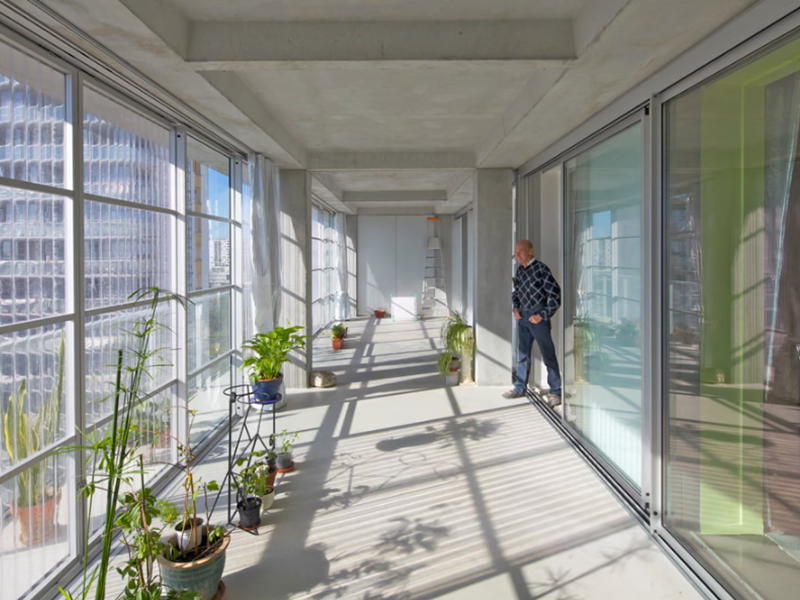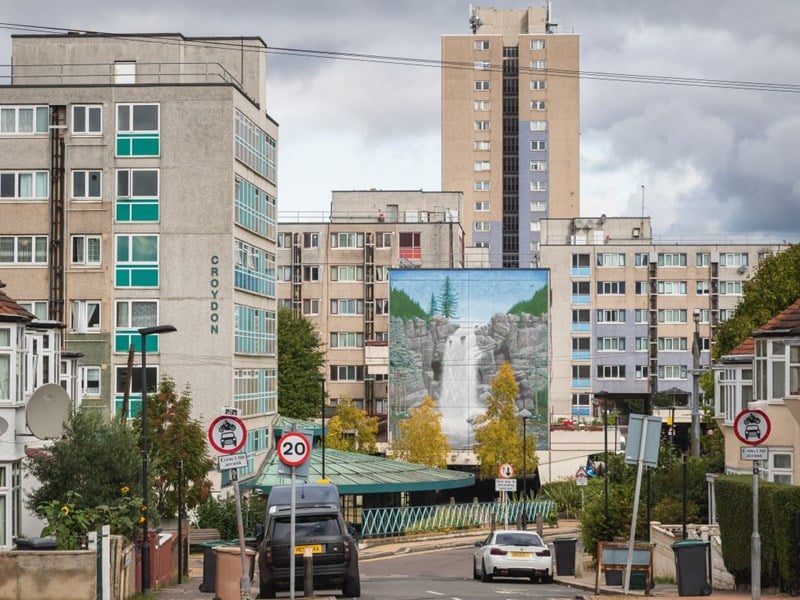- Home /
- News /
- Infrastructure
Towers ‘past their use-by date’: Homes Victoria
11 August 2025

Representatives of Homes Victoria have told a parliamentary inquiry they estimate it would cost $2.3 billion over 20 years just to maintain Melbourne’s public housing towers in their current condition.
That works out to be around $17,000 per apartment, per year compared to a figure of around $2,000 for the 33,000 other homes that make up Victoria’s public housing stock, according to evidence presented at a Committee hearing last week.
The Legislative Council Legal and Social Issues Committee is inquiring into the Victorian Government's 2023 decision to demolish and redevelop 44 high-rise public housing buildings in Melbourne.
The Committee has heard from a range of experts and organisations, including not-for-profit design and research practice OFFICE and Melbourne University's Retrofit Lab, who argue it would be cheaper and less environmentally destructive to refurbish the current towers.
Homes Victoria rejected that analysis, citing concrete corrosion, accessibility failures, outdated electrical systems, poor ventilation and non-compliance with fire and seismic safety standards.
‘The towers are passing their use-by date and need to be replaced with more and better homes,’ Peta McCammon, Secretary of the Department of Families, Fairness and Housing told the hearing.
‘The towers fail against noise, sustainability, waste and recycling, room depth, ventilation, fire, resistance to extreme heat events, seismic standards, access to private open space, accessibility and minimum amenity standards,’ she said.
“ ‘The precedent is not to retain, the precedent is to demolish these types of towers. They are 50 to 60 years old, with a design life of 50 years.' ”
Martin McCurry, Homes Victoria
The High-Rise Redevelopment Program aims to replace the towers with mixed-tenure developments, increasing the number of social, affordable, and market homes and increasing the total number of people housed on the sites from around 10,000 now, to around 30,000 residents when the program is completed in 2051.
While some witnesses cited the successful retrofitting of similar public housing buildings in Europe, Martin McCurry, Homes Victoria’s Executive Director of Asset Management, told the hearing that international experience shows that retrofitting public housing towers is not the norm.
‘The precedent is not to retain, the precedent is to demolish these types of towers. They are 50 to 60 years old, with a design life of 50 years,’ he said.
He said that successful retrofits had been carried out on buildings in Europe with reinforced concrete frames that have a more durable structure than the large panel construction method employed in Melbourne.
Mr McCurry told the hearing that similar large panel constructions were being demolished in places like Broadwater Farm in London as well as in Portsmouth and Somers Town.
He said Lanarkshire Council in Glasgow had committed to demolishing 48 towers and the Northern Ireland Housing Executive launched a major tower block demolition program that will see 33 towers knocked down.
He said the fact that the structure of the Melbourne towers was decaying made it an ‘economically prudent’ decision to replace them.
‘When you go through the economics of retrofitting those towers versus that of a new build, then the economics for those work out that it's line-ball and you may as well invest in a new build with 60/70 years of life, rather than in the remaining towers with 20 years left in the structure,’ he said.

The first tranche of redevelopments is underway in Carlton, Flemington, and North Melbourne. Homes Victoria projects a seven-to-eight-year timeline from announcement to completion for each site.
Go to the Committee’s website for the full terms of reference, to sign up to email alerts, read transcripts of earlier hearings, or to download any of the more than 800 submissions to the inquiry.
The Committee expects to table its report by December 2025.